How to install Flooring; A Flooring Installation Guide
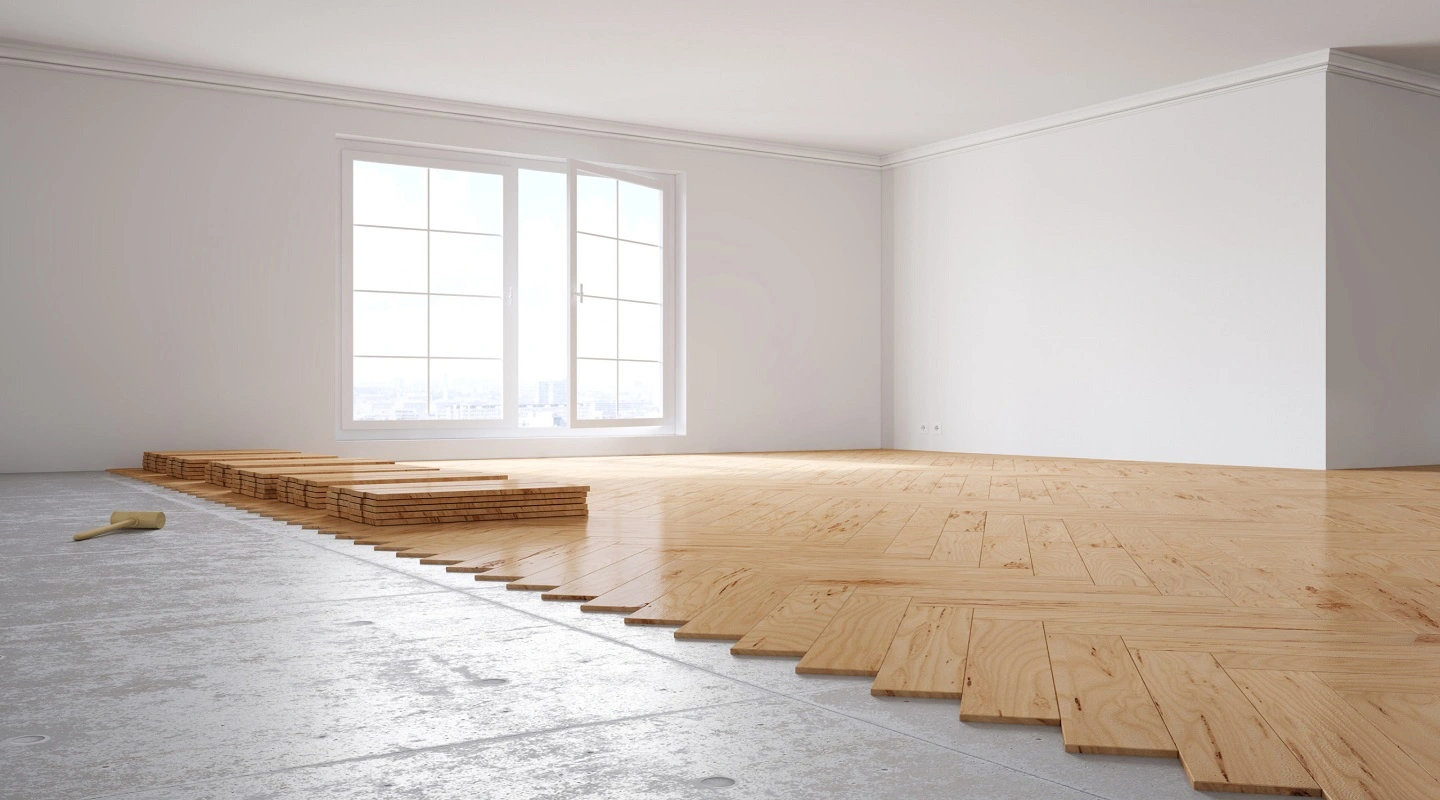
Whether you’re looking to replace old, worn-out flooring or install new flooring in a new space, it’s important to follow the right steps to ensure a successful installation. Proper preparation, acclimating the flooring material, and following the manufacturer’s instructions are all crucial to achieving a beautiful and long-lasting floor. By properly preparing and installing the flooring, you can achieve a beautiful and long-lasting result that adds value and beauty to your home or business.
Explore more to get familiar with types of flooring materials.
The Principles That Must Be Followed For Installing Flooring

Installing flooring is a significant investment in your home or business, and it’s important to ensure a successful installation to achieve a beautiful and long-lasting result. Flooring installation is a professional process that must be followed to have a better final result and higher productivity:
Preparation of The Floor Installation Surface
The floor area should be smooth, dry, clean, and without bumps. It should also have the right humidity and temperature. Considering that the adequate coherence of the flooring belongs to the preparation of the substrate, the purveyance of the substrates to be covered by the material must be done carefully.
Criteria For Choosing The Right Flooring
Flooring assembling is chosen based on the environment in which it is needed, according to various criteria such as resistance, exterior, quality, and terminal value.
Tip: Find the best flooring wholesale in California.
Installation of Underlayment
In cases where it is needed, proper underlayment should be installed. The underlayment should be such that it can support the flooring and, at the same time, let itself breathe. It is very important in the principles of flooring installation, which includes wooden or cement structures used as a base and support for the flooring installation.
The Use of Glue in The Installation of Flooring
The right glue must be used to install flooring. The glue must be suitable for the material of the flooring. For instance, some of the adhesives used in flooring installation include industrial adhesives or thinners, water-based paste adhesives, urethane-based adhesives, and solvent adhesives.
Installation of Flooring In An Orderly And Precise Manner
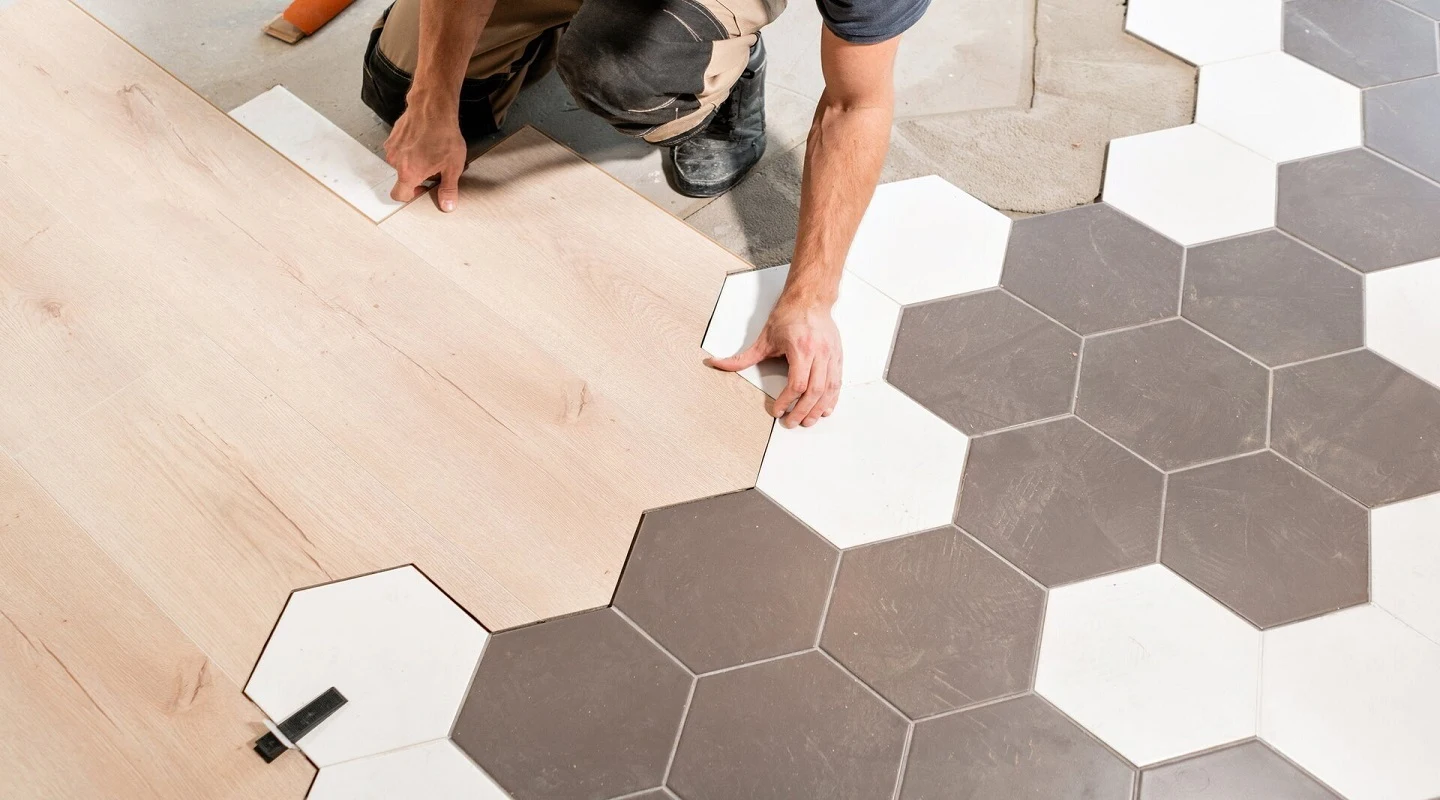
There should be no space in the flooring installation, and all the flooring parts should be installed uniformly.
Completion of Flooring Installation Work
After the entire flooring is installed, the working surface should be covered with a thin layer of wax to resist scratching and be stronger against abrasion.
Installing Flooring in Large and Small Spaces
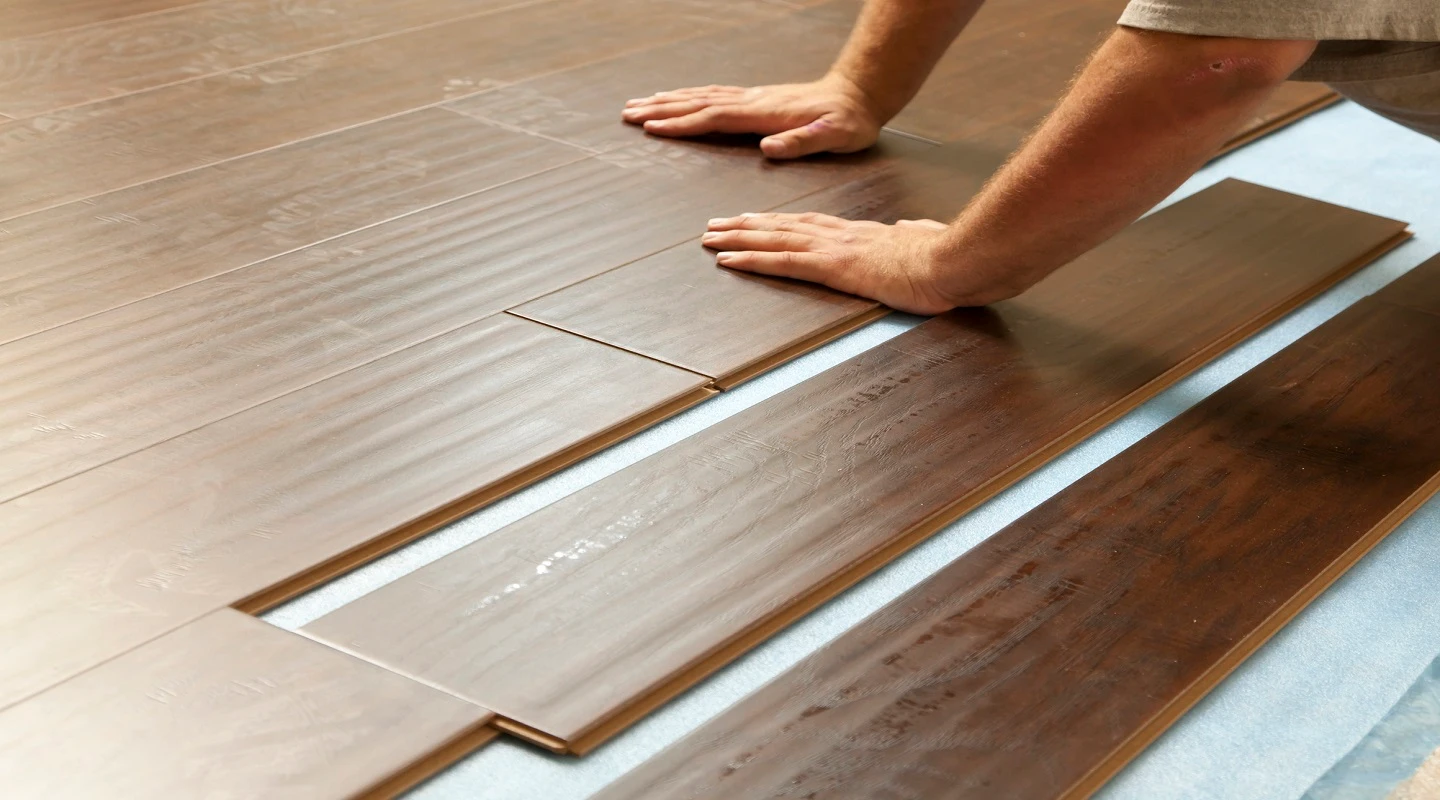
Special equipment is needed to install flooring in large spaces such as halls, warehouses, stores, and other industrial and commercial spaces. For example, bulldozers, graders, walls, and other heavy machines are used. These devices move on the ground, level the surface, remove complexity, and prepare a suitable surface for installing flooring. Machines such as lathes, cutting, welding, and floor-covering installation machines are also used. Precise tools are used in the correct installation of flooring. A few items, such as level, glucometer, etc., can be mentioned. In preparing floor coverings in large spaces, you can choose from the following according to the required lifespan, the environment, and the type of materials in contact with them.
Concrete Flooring
Although the use of concrete alone is not the best choice for covering the floors of sheds, in large areas where other options are costly and time-consuming, concrete floors are considered a suitable choice.
Granular or Rubber Flooring
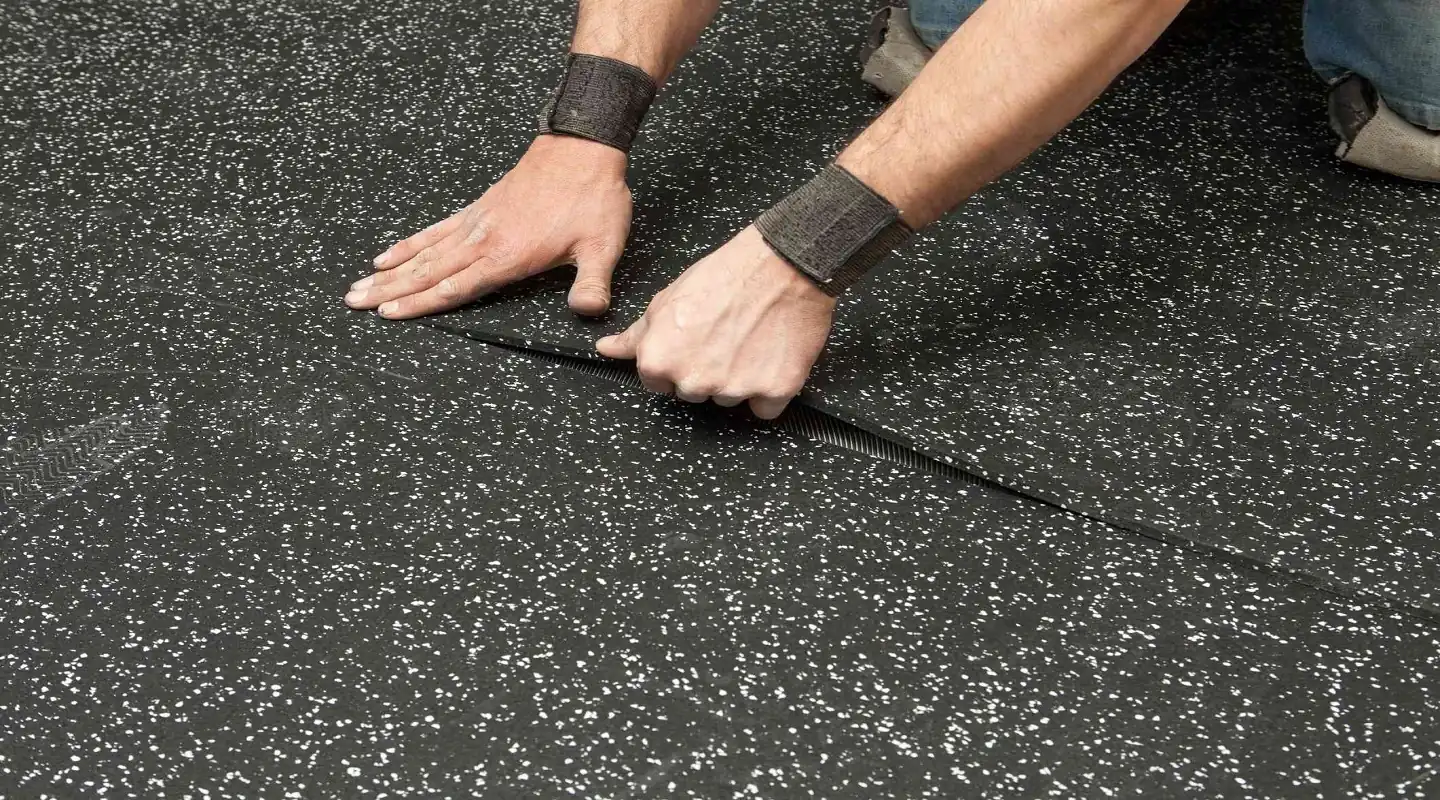
Rubber floors are impact surfaces that are found in the flooring of most gyms and parks. These covers exist in two types of tiles and sheets.
Epoxy Flooring
Epoxy coating is one of the best options for industrial shed flooring. Epoxy floors are generally utilized for commercial and industrial floors. Epoxy coatings are universally applied to concrete floors to manufacture a high-performance, smooth, durable surface that can last years and withstand hefty loads.
Vinyl or PVC Flooring
PVC flooring or polyvinyl chloride flooring is the next term for vinyl flooring. PVC is based on polyvinyl chloride, which makes up vinyl flooring. Therefore, it is often voice polyvinyl flooring or verily vinyl flooring.
Polyurethane Flooring
It is a two-component coating that adheres to concrete, steel, and stone surfaces. The chemical virtues of these floorings have made them vastly utilized in the flooring of various crafts, including oil and gas, petrochemical, tissue, pharmaceutical, etc.
In small areas (apartments, offices, and houses), simpler equipment is used for installing flooring. Tools such as level, glucometer, scissors, nozzle, etc., can be easily used in small spaces. In these spaces, methods such as installing dry flooring (without the need for glue), installing flooring with detachable parts (such as continuous flooring), and installing flooring using simple adhesives are used. Some suitable flooring for small spaces are:
Vinyl Flooring
This kind of flooring comes with a small thickness and is simple due to its small scale. One of the eminent visages of these sheets is their reasonable cost and ease of assembling to create a smooth and seamless cover.
Parquet
This kind of flooring is a good choice for small spaces. Parquet comes with a low thickness and is simple to install due to its lightweight.
Laminate Flooring
This type of flooring is similar to parquet but comes with less thickness. This flooring can be easily installed in small spaces due to its low thickness.
Carpet Flooring
These floorings are thin and, therefore, quickly used in small spaces. Also, according to different designs and colors, it can decorate the space’s interior.
Tile Flooring
This kind of flooring has a scale thickness and scale than other floorings, such as ordinary tiles, and due to its lightness, it is easy to fix. Also, according to several designs and colors, they can be widely availed in beautifying the interior.
Tip: Top 5 easiest flooring to install for DIYer.
The Effect of Weather on Flooring Installation

Several factors must be considered when installing flooring in different climates so that the flooring is installed properly and has the necessary resistance against moisture and dryness.
Type of Flooring
The sort of flooring should be chosen according to the weather situation of the zone. Waterproof floorings such as vinyl and laminate floorings are chosen for wet areas. Floorings such as parquet and wood flooring with anti-dry protection are suitable for dry areas.
Type of Glue
The glue used to install flooring must be compatible with the region’s climatic conditions. For wet areas, waterproof and moisture-resistant adhesives should be used.
Tip: Check out the best laundry room flooring in San Jose, CA.
Type of Underlayment
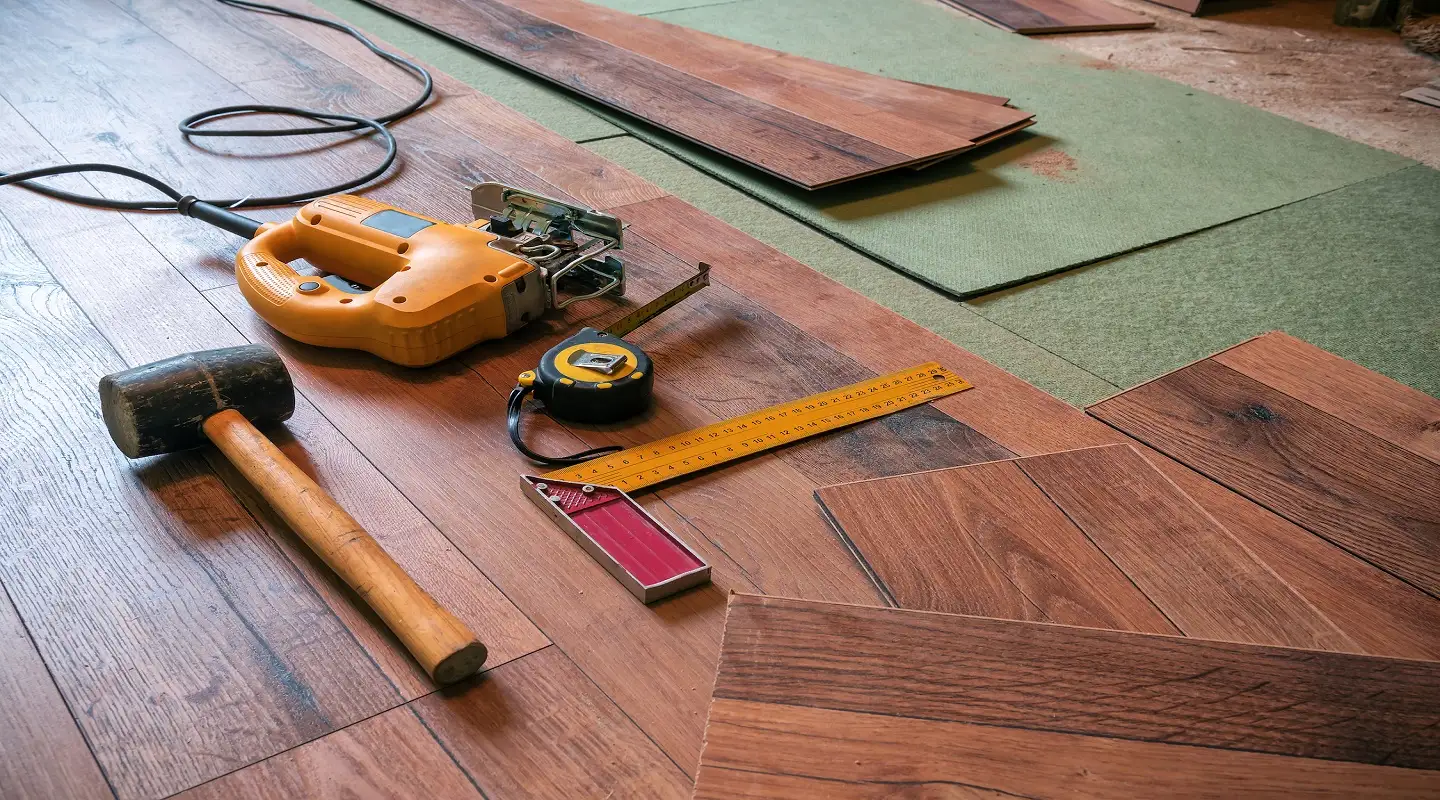
The underlayment used to install the flooring must be such as to prevent the penetration of moisture. For wet areas, waterproof and moisture-resistant underlays should be used.
Type of Ventilation
In humid spaces, proper ventilation is very important to prevent moisture accumulation. In small spaces, allowing air to flow and proper ventilation can help.
Type of Covering
Coverings such as carpets and soft and velvety floors suit dry spaces. Coatings such as ceramic floors and parquets with waterproof protection are suitable for wet spaces.
Automatic Flooring Installation
Currently, automatic flooring installation devices provide the possibility to install flooring automatically. These devices install flooring accurately and quickly using various technologies such as sensors, protective films, automatic adhesives, etc.
Installing flooring automatically and increasing the speed and accuracy of installation also reduces installation costs. However, automatically installing flooring may require detailed configuration and settings, and installing flooring in spaces with unpredictable shapes and sizes, we may need to do it manually.
Installation of Automatic Flooring in Large and Small Spaces
Automatic flooring installation can be used in both large and small spaces. However, it is usually used in larger spaces that require quick and accurate flooring installation. For example, in industrial, commercial, office, etc. spaces with a large area, automatic flooring installation devices provide more possibilities and can reduce installation time and cost.
But in smaller spaces, you can also use automatic floor-covering installation devices. For example, in small training rooms, small living rooms, etc., using automatic flooring installation devices can improve the quality and speed of installation.



Did you find what you were looking for?